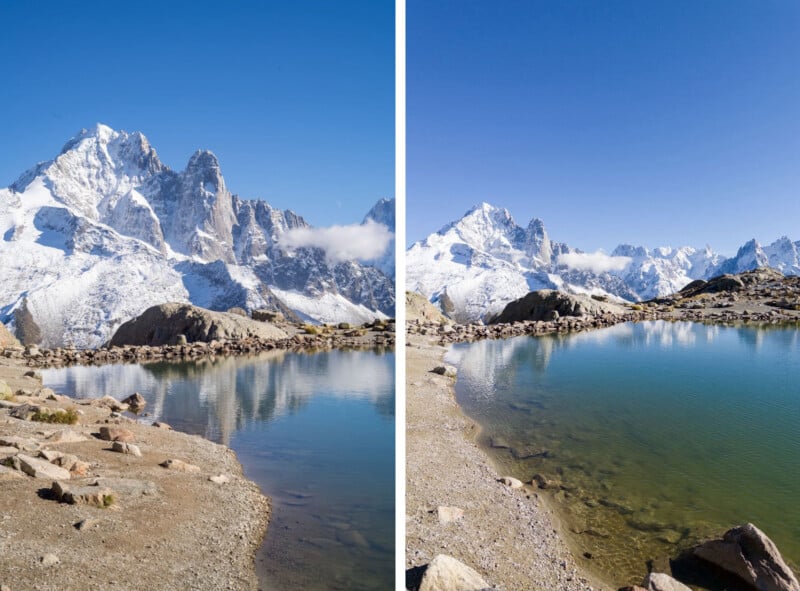
Smartphone cameras have taken giant leaps forward, but can they really be as good as a Leica? Photographer David Imel, who is co-host of the Waveform Podcast, recently created a fascinating test to find out.
On a recent trip to the French Alps, Imel brought along an iPhone 17 Pro and a Leica M11. In an experiment to “push the limits of the iPhone camera,” he downloaded the Halide app, which allows photographers to shoot in “actual RAW” rather than Apple’s ProRAW, which Imel says is “already a little bit processed.”
Imel says the photos seen here are “barely processed” from the Halide RAW file, therefore they don’t have the usual computational photography, HDR style of an iPhone photo.
“I decided I was going to shoot a bunch of photos on all my cameras and I was going to take a look at how different all of the photos were,” Imel explains to his fellow hosts, which include Marques Brownlee.
Imel made a Google Slideshow of the images, which severely compresses the photos and levels the playing field somewhat. The photos on this article are taken from the same slideshow. Imel also adds that he shoots “closed down”, meaning he sets his aperture small so that everything is in focus.
Leica or iPhone?
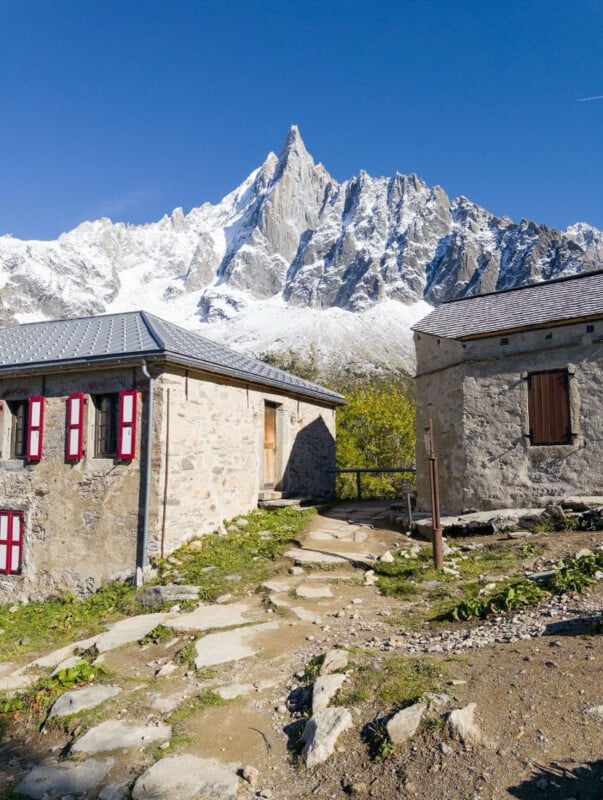
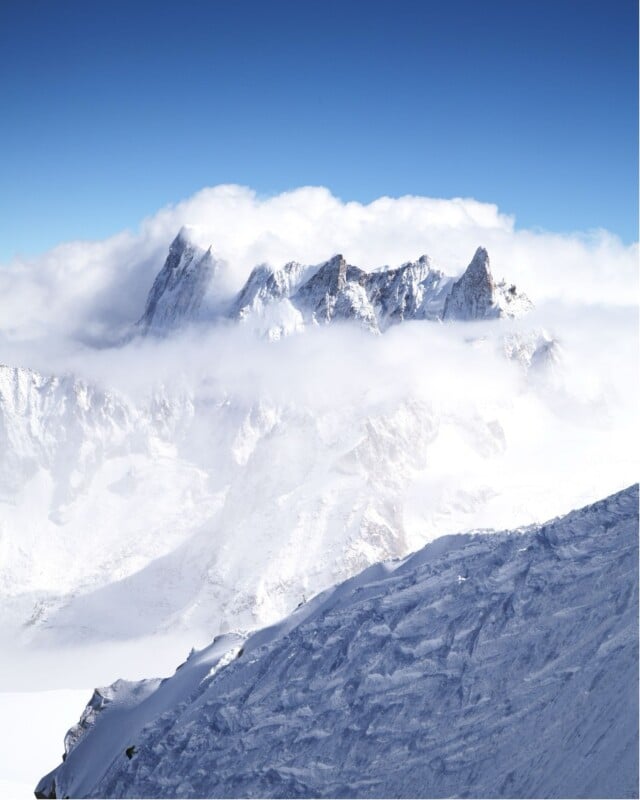

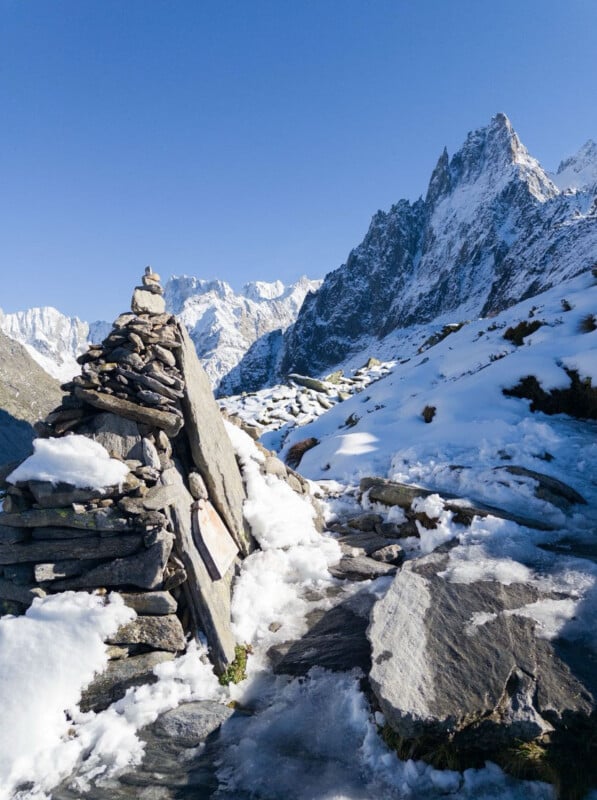
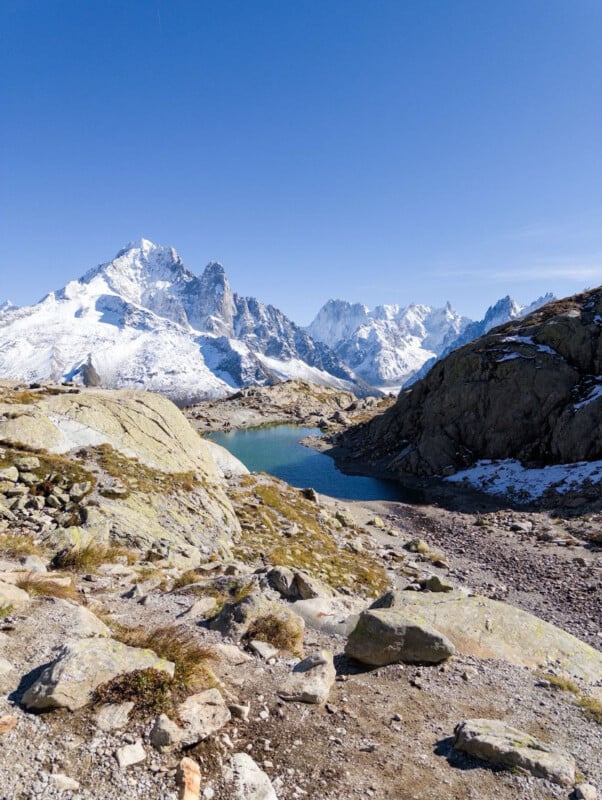
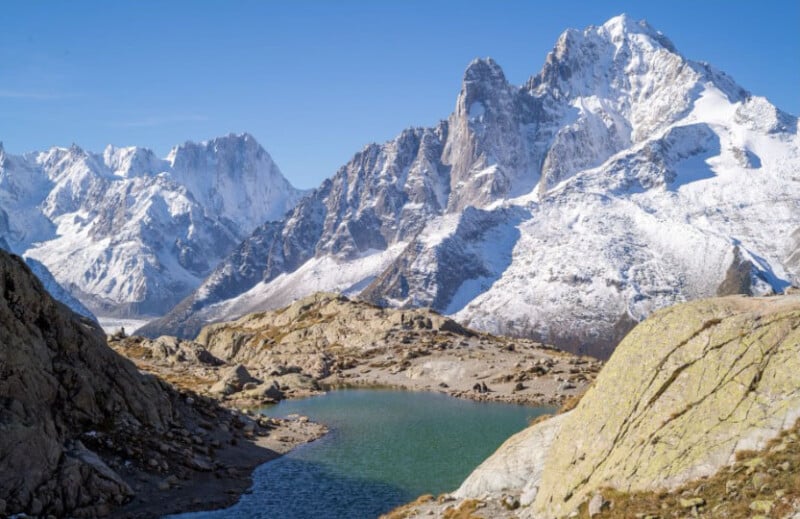
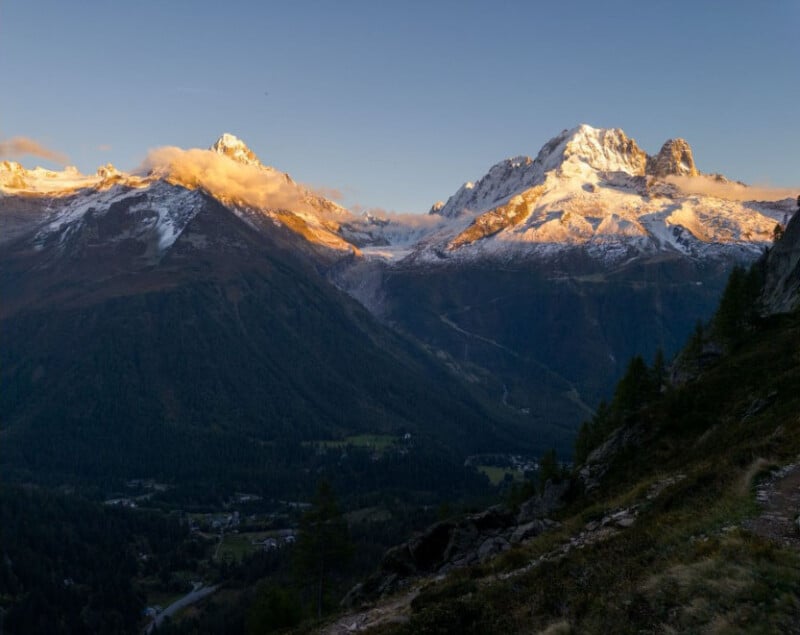
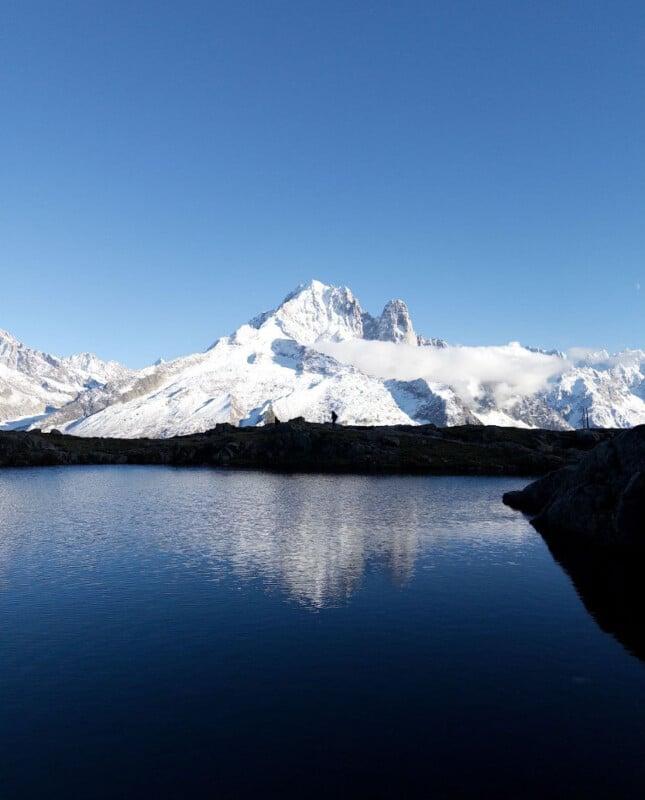
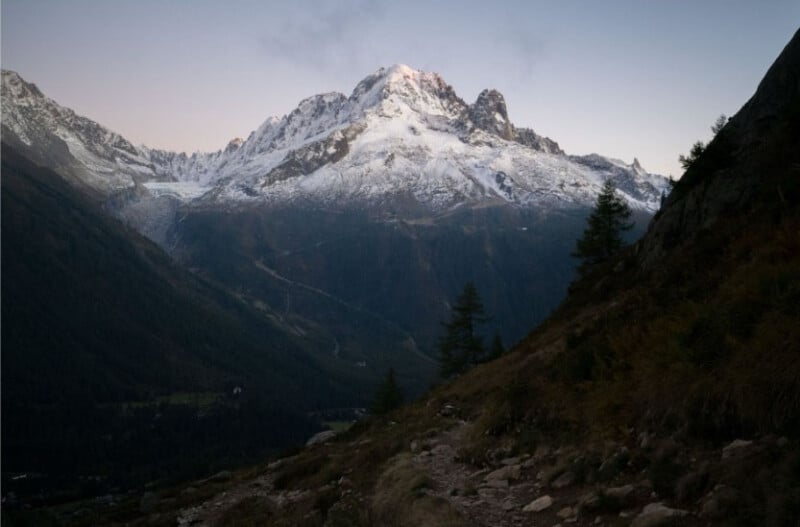
The answers are below. But remember, there are a couple of caveats: all of these photos have been compressed by Google Slideshow and most of the photos were shot during peak sunlight on a glorious Alpine day, which, as Brownlee points out, “almost any modern sensor is going to do a very respectable job.”
“This is the point I wanted to make,” Imel adds. “Is that phone-processing sucks. All they’re doing is optimizing for storage, optimizing for shadow details.”
Imel points to when Google got rid of their regular RAW processing, and introduced Pro-RAW. “In my opinion, it’s worse because it just lifts the shadows. And you don’t always want the shadows to be lifted if you want it to look like a real picture.”
Answers









Imel says of the experiment: “The point of this was to show you that while I still prefer traditional cameras for the shooting experience, you too can take pretty cool pictures just with your phone.”
As they say, the best camera is the one you have with you.
Image credits: Photographs by David Imel
Source link


